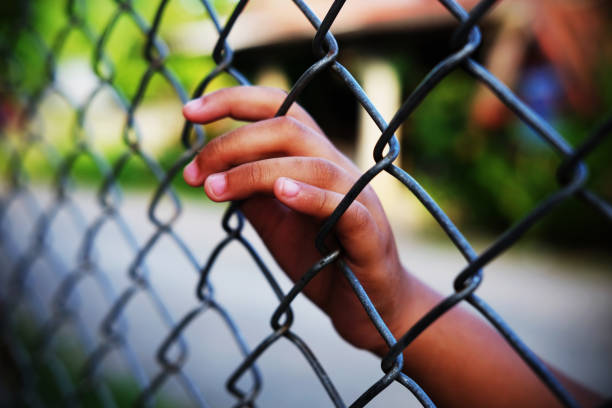

Prison reform and rehabilitation programs are central to the ongoing discourse about criminal justice and societal improvement. As societies grapple with issues related to crime and punishment, these initiatives offer a beacon of hope for transforming the justice system into one that prioritizes rehabilitation over mere punishment. The goal is not only to address the immediate needs of incarcerated individuals but also to foster long-term social reintegration and reduce recidivism rates.
Understanding the Need for Reform
The traditional prison system often emphasizes retribution and isolation rather than addressing the root causes of criminal behavior or preparing individuals for successful reintegration into society. This approach can result in overcrowded prisons, high recidivism rates, and a lack of preparation for life after release. Prison reform aims to address these issues by shifting the focus from punitive measures to rehabilitative and restorative practices.
Key Components of Prison Reform and Rehabilitation Programs
1. Education and Vocational Training
Education and vocational training are critical components of effective rehabilitation programs. By providing inmates with opportunities to acquire new skills and knowledge, these programs help individuals develop a sense of purpose and improve their employability upon release. Educational initiatives may include basic literacy and numeracy courses, high school diploma equivalency programs, and higher education opportunities. Vocational training can cover a wide range of skills, from trades like carpentry and plumbing to technology-based skills such as coding and digital marketing.
2. Mental Health and Substance Abuse Treatment
Many individuals in the prison system struggle with mental health issues and substance abuse problems. Effective rehabilitation programs address these underlying issues through counseling, therapy, and medical treatment. Mental health services can include individual and group therapy sessions, while substance abuse treatment programs may offer detoxification, counseling, and support groups. Addressing these issues is crucial for reducing the likelihood of reoffending and improving overall well-being.
3. Restorative Justice Practices
Restorative justice focuses on repairing the harm caused by criminal behavior rather than simply punishing the offender. This approach involves the offender, the victim, and the community in a process of dialogue and reconciliation. Restorative justice practices may include victim-offender mediation, community service, and restitution programs. These practices aim to foster accountability, empathy, and a sense of responsibility, which can contribute to successful reintegration.
4. Reentry Programs and Support Services
Successful reintegration into society requires comprehensive support services. Reentry programs provide critical assistance to individuals transitioning from prison to life outside. These programs often include job placement services, housing assistance, and support for family reunification. Additionally, reentry programs may offer life skills training, such as financial literacy and conflict resolution, to help individuals navigate the challenges of reentry.
5. Alternative Sentencing and Diversion Programs
Alternative sentencing and diversion programs offer alternatives to traditional incarceration for certain offenses. These programs aim to address the underlying causes of criminal behavior while minimizing the negative impacts of imprisonment. Examples include drug courts, mental health courts, and community service programs. By diverting individuals away from prison and into treatment or community-based programs, these initiatives can reduce recidivism and promote rehabilitation.
Challenges and Considerations
Despite the promising potential of prison reform and rehabilitation programs, several challenges remain. Funding and resource constraints can limit the availability and effectiveness of these programs. Additionally, there may be resistance to reform from various stakeholders, including policymakers, law enforcement, and the public. Ensuring that rehabilitation programs are evidence-based, culturally sensitive, and tailored to the needs of diverse populations is essential for maximizing their impact.
The Path Forward
The journey toward effective prison reform and rehabilitation is ongoing and requires a collaborative effort from all sectors of society. Policymakers, criminal justice professionals, and community organizations must work together to advocate for and implement evidence-based reforms. Public awareness and engagement are also crucial for fostering support and understanding.
Ultimately, the goal of prison reform and rehabilitation programs is to create a justice system that prioritizes human dignity, offers second chances, and supports the successful reintegration of individuals into society. By addressing the root causes of criminal behavior and providing meaningful opportunities for personal growth and development, we can build a more just and compassionate society for all.
